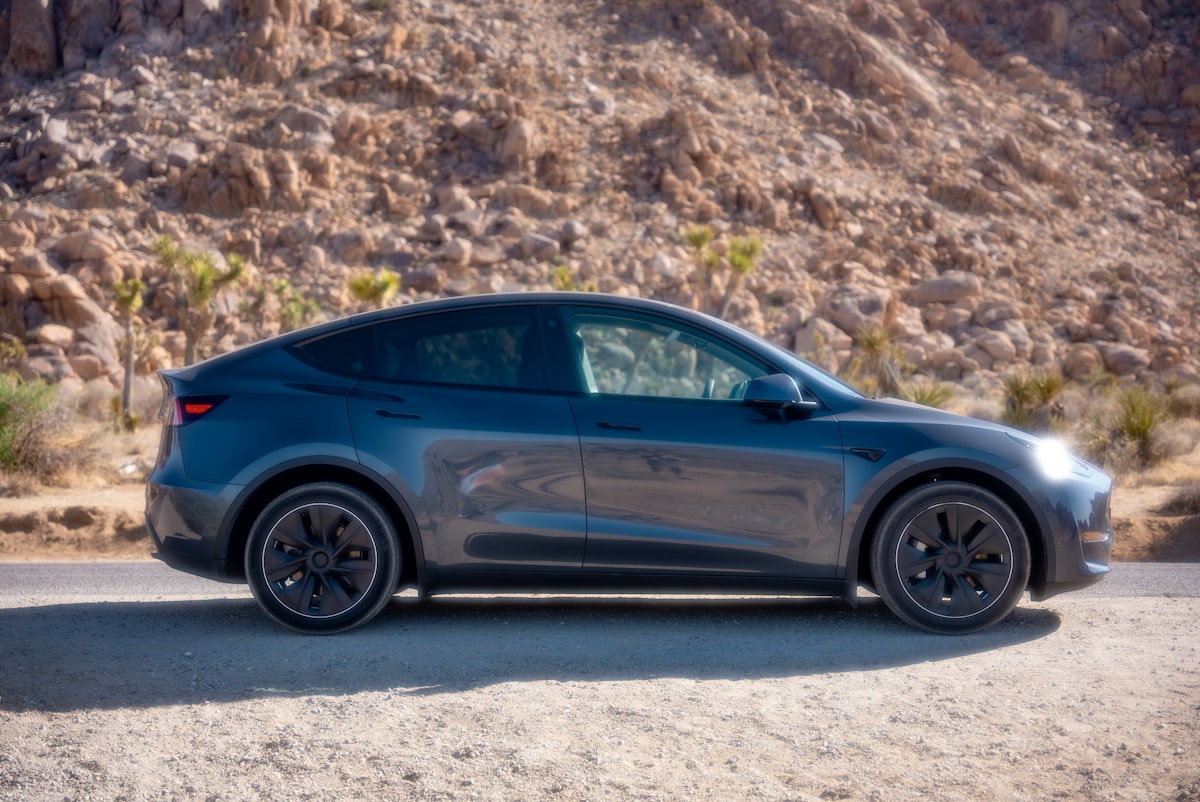Categorization of Electric Automobiles
Electric vehicles can be categorized into four main types: Plug-in Electric Vehicles (PEVs), Battery Electric Vehicles (BEVs), Hybrid Electric Vehicles (HEVs), and Fuel Cell Electric Vehicles (FCEVs).

Electric vehicles can be categorized into four main types: Plug-in Electric Vehicles (PEVs), Battery Electric Vehicles (BEVs), Hybrid Electric Vehicles (HEVs), and Fuel Cell Electric Vehicles (FCEVs). Examples of electric vehicles include Electrek, electric go-karts, electric skateboards, and electric trikes. PEVs are vehicles with a socket that can be powered by electricity, BEVs are powered solely by energy stored in a battery, HEVs use either an internal combustion engine or electricity to drive the vehicle, and FCEVs use hydrogen fuel cells to generate electricity for propulsion.
Automotive Hybrid Electric:
Those cars are called "hybrid electric vehicles" or "HEVs." The vehicle is propelled by a combination of an internal combustion (often gasoline) engine and an electric motor supplied by batteries.
Because of this, the car can be driven and charged at the same time by using the gasoline engine once the battery is exhausted.
These vehicles are not as fuel-efficient as all-electric or plug-in hybrid models.
Electric vehicle that has both an internal combustion engine and a battery that can be recharged from an external source is called a plug-in hybrid electric vehicle (PHEV) (they have a plug).
Because of this, the battery can be charged by electricity rather than the engine.
As far as efficiency goes, PHEVs are better than HEVs but not as good as BEVs.
In a fuel cell electric vehicle (FCEV), chemical energy is transformed into usable electricity. Taking a fuel cell FCEV as an example.
There are four main categories of electric car when categorizing the underlying system architecture:
Vehicles powered by rechargeable batteries (BEVs)
Many people also call BEVs "All-Electric Vehicles" (AEV).
Battery electric vehicles (BEVs) rely only on electrical power from batteries for propulsion.
Electricity is drawn from a massive battery pack, which can be refilled by connecting the vehicle to an electrical outlet.
The electric motors of an EV get their juice from a battery pack that has been charged.
Major Components of BEV:
A Powertrain Composed Of: A Battery, An Inverter, An Electric Motor, And A Dedicated Control Unit
Those cars are called "hybrid electric vehicles" or "HEVs."
Hybrid electric vehicles are sometimes known as parallel or series hybrids.
Multi-engine vehicles that combine electric propulsion with conventional combustion are called hybrids.
As opposed to the motor, which is run by batteries, the engine runs on fuel.
Two separate mechanisms—the engine and an electric motor—are both responsible for turning the transmission.
Main Components of HEV:
Motor, A motor, battery pack, controller, and inverter all powered by electricity. gas tank, regulator module
Plug-In Hybrid Electric Vehicles

PHEVs are a type of series hybrid vehicle.
There is a motor and an engine in each of them.
Gasoline and other traditional fuels are available, but you can also use alternative fuels (such as bio-diesel).
Rechargeable batteries can power it, too.
The power pack can be charged from an external source.
Crucial Parts of a Plug-in Hybrid Electric Vehicle
It has a motor, an inverter, a battery, a fuel tank, a control module, and a battery charger.
ZEVs, or Zero-Emission Vehicles, are another name for FCEVs, or Fuel Cell Electric Vehicles.
Fuel cell technology is used to generate the electricity required for vehicle functioning.
This instantaneous conversion of the fuel's chemical energy into electricity is what makes it so appealing.
Important Parts of an FCEV:
The components include an electric motor, fuel cell stack, hydrogen storage tank, and battery with controller.
FCEV Operating Guidelines:
Fuel cell electric vehicle (FCEV) generates on-board electricity to run the vehicle's electric motor.


